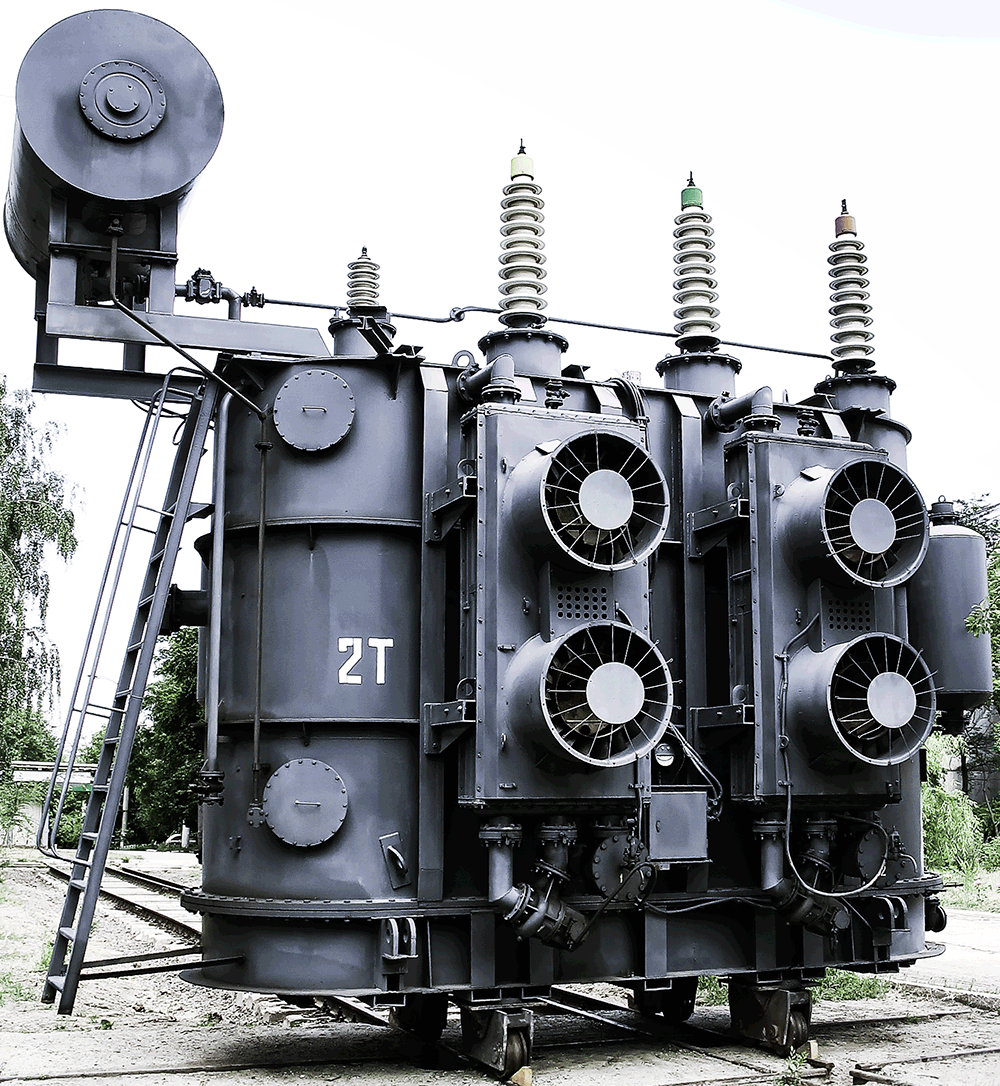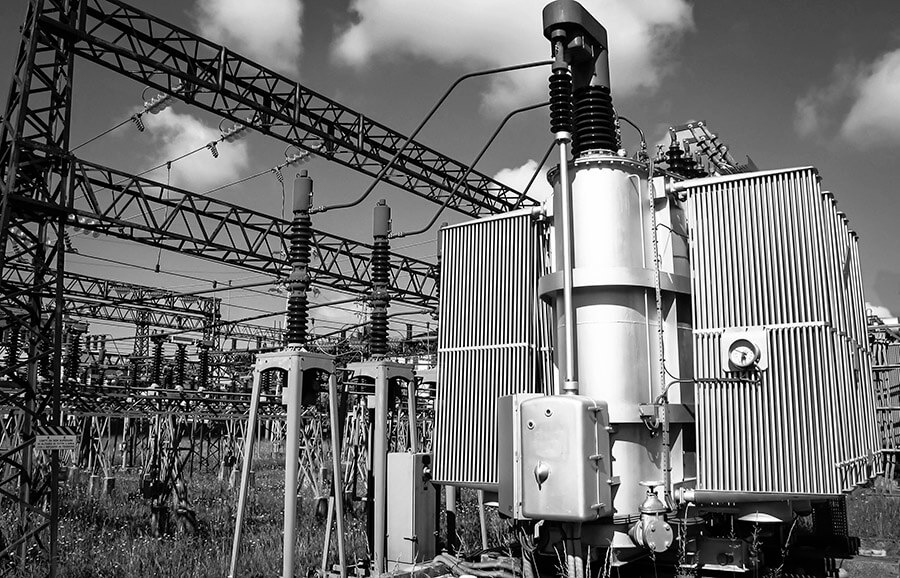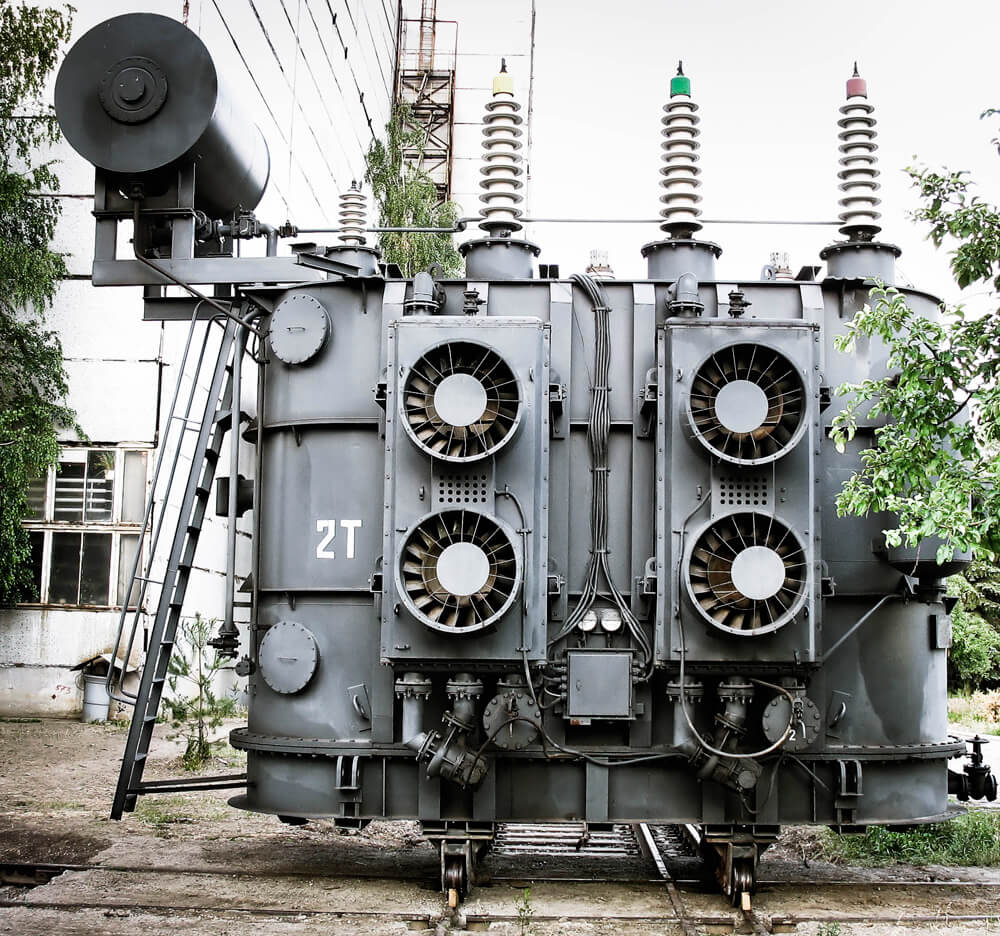Difference Between Oil Reclamation and Oil Recycling
First of all it is necessary to mention that oil, used in different industries is usually a special formulation made to meet the needs of that particular industry. To gain a better understanding of the regeneration process, one should understand that to meet the needs of a particular industry, base oil is mixed with additives that improve its lubricating properties.
Very often, people confuse such terms as “oil reclamation” and “oil recycling,” so it is important to point out the the difference between them.
Oil Recycling
Among dangerous wastes to be recycled, transformer oils requires a special attention.
Transformer oil cools down the parts of transformers, switchgears and reactors heated by electrical current. The only requirements for transformer oil – is to be clean. It means an absence of impurities and water that can affect its dielectric properties.
Being properly serviced, with regular purification and removing of deterioration products, insulating liquids can then serve for many years. Electric power companies try to minimize the amount of waste product, using separation, filtration, centrifugation, sulfuric acid treatment, absorbent purification treatments of oil.
But sooner or later transformer oil loses its service characteristics, caused by the accumulation of oxidation products, contaminants and other elements.
Used transformer oil must be recycled because it does not meet technical requirements and endangers the environment. Non-recycled used oil can contaminate huge amounts of water, having a negative impact on the entire ecosystem. If ignition occurs, the waste materials emit many life threatening substances into the atmosphere, which is another strong argument for the need of oil recycling.
Today, the most frequently used methods of oil recovering are recycling, incineration and oil reclamation. A simple comparison of these approaches shows that oil reclamation is the most effective solution for used transformer oil recycling.
Recycling is the process of manufacturing new products from the materials that have already been used for some possibly non-related purpose. A good example is the oil that is no longer able to perform its functions and it can be applied in other industries that require lower performance characteristics of the oil.
Oil recycling is a stage-by-stage purification of transformer oil: removal of mechanical impurities and water, evaporation, absorbent purification. The output is the oil with parameters and properties of fresh product. The yield of recovered fluid is 80-90%. This process is usually cheaper than refining and incineration. Refining crude oil consumes 3 times more energy than reclamation of used oil. Obtaining 1 gallon of high quality lube oil requires 67 gallons of crude oil, and only 1.6 gallons of used oil.
There are however, cases when it makes no economic sense to reclaim oil that is contaminated with chemical substances or it is a mixture of different kinds oils. In that case, they are recycled and put back to useful service by re-refining, removing exhausted additives and adding new ones.
Very often blown oils or used oils are mixed and used for marine purposes such as bunker oil. From an economic point of view, such oils cannot be fractionated or rendered useful again for the same original purpose. For those reasons, it does make economic sense first to reclaim used oils before they are recycled.
Oil Reclamation

Transformer Oil Reclamation
This article therefore, will focus mainly on the oil reclamation/regeneration process. Oil Reclamation / Regeneration is the process of restoring the oil’s performance characteristics to its original new like condition. In other words, reclamation allows used oil to be used over and over againt without the need for disposal. Normally oil reclamation is performed onsite to prevent possible risks of contamination during transportation to special oil refineries.
What oils can be reclaimed? For example, it may be oils contaminated with foreign particles and with a high moisture content that are successfully removed during the reclamation process. Additionally, with regard to the oil formulation, refortification of the oil may be required to reintroduce an additive package to the oils. After reclamation, processed oil is defined as “like new” and can be placed back into service again.
Both producers and users of fluids can benefit from oil reclamation. For the most part, companies, involved in the oil reclamation business require an oil sample to determine the type of contaminants and chemical substances present in the oil. In most cases, such oil companies are able to remove not only water, but other types of contaminants. It is recommended to contact the producers of industrial oils and fluids to get specific information on the oil and/or fluid you are using. If the results of the oil testing show that oil is reclaimable, then it should be reclaimed raher than disposed of and replaced.
Normally, the performance characteristics of oils can degrade under the influence of many different factors. As a rule, it is not always proper to attempt to reclaim oil that has been left in the equipment for a long period of time since it can may have become badly oxidized. In the case of spillages however, oil may have become mixed with dirt and water and can still be cleaned and reclaimed.
After oils samples are tested and it is established to be reclaimable, then it should be delivered to companies engaged in the oil reclamation business. If you want the oil to be restored to ‘like new’ condition, then you have to choose an oil regeneration company very carefully. Only the companies that have reliable and efficient equipment are able to restore oil to its original condition.
The problem of oil reclamation has existed for the same amount of time as the transformer oil itself. The actual experience of its reclamation throughout the world can be considered as positive. In such countries as Germany, Belgium, and Italy about 50% of the transformer oil is reclaimed.
Transformer Oil Reclamation

There are different kinds of reclamation processes that are applied throughout the industry to restore the performance characteristics of oil to their original condition. The different processes are designed to remove water, moisture, and oxidation products found in the oil.
The simplest technological processes of reclamation include:
- sedimentation and filtration;
- sedimentation, adsorption purification and filtration;
- sedimentation, alkali treatment, adsorption purification and filtration; and
- sedimentation, acid and alkali treatment, adsorption purification and filtration.
Sedimentation of waste oil is applied to remove mechanical impurities and water.
It is desirable to perform this process at between 80º to 90ºС to reach the highest point of efficiency. The ideal time used in the sedimentation process ranges from between 24 to 48 hours.
The transformer oil filtration process is realized by the use of metal meshes, cloth filters, cardboard and bleaching clay.
Acid treatment is applied to highly oxidized oils. Alkali treatment is used to remove acids from oil. It is recommended to apply adsorption purification to remove asphalts.
Economic Feasibility of Transformer Oil Reclamation
The main reasons that objectively justify the economic feasibility of oil reclamation include
- the number of aging products in oil constitute mere fragments of a percent. By removing such substances, it is possible to resume all but a complete service of oil;
- oil reclamation costs are usually lower than the price of new oil;
- timely reclaimed oil improves reliability of expensive transformer equipment.
Why Does Transformer Oil Age?
During operation of a transformer, a number of negative factors affect the insulating oil, which leads to its contamination, moistening, and oxidation. As a result, the dielectric liquid ages accompanied by the loss of its chemical and electrophysical properties. Adverse factors include exposure to air oxygen, high temperatures, sunlight, and the presence of soluble metal salts in the oil, which act as a catalyst for the oxidation process.
Transformer oil that lost its functions is not able to fully perform required tasks, therefore it should be either replaced or reclaimed with the help of special equipment.
Replacement or Reclamation?
To date, there is still a tradition of replacing used transformer oil with the fresh one. Though, despite the fact that the practice of replacement has evolved over decades, reclamation technologies are increasingly being used. Which solution is more expedient, replacement or reclamation?
The main difference between these processes is that the structural group composition of the reclaimed oil and new oil is not the same even if brands coincide. Over the years of operation, a certain symbiosis is formed between oil and paper. Oil that has been reclaimed is neutral to its “own” paper. In case new oil is used, then there is a possibility of additional negative reactions and violation of the previously achieved balance.
Oil Reclamation without Shutting Down Power Transformers
In general, transformer oil reclamation involves a set of actions aimed at the full correspondence of the operating parameters with the normalized values. Technically, transformer oil reclamation is conducted with the help of the GlobeCore SMM-R equipment.
Undesirable components are removed using the fuller’s earth sorbent, the properties of which are reclaimed during the regeneration cycle. This approach enables continuous transformer oil treatment without pauses to find and replace the sorbent.
Another important advantage of SMM-R equipment is the possibility of regeneration directly in the tank of a live transformer. There is no need to de-energize important facilities and civilian consumers. Timely reclamation of insulating oil allows not only to save money on fresh oil products but also to extend the service life of a power transformer for 25-30 years!
Equipment for Oil Reclamation
More than 70 countries of the world have already used GlobeCore oil processing equipment which has undeniable advantages over other oil reclamation units. For example the GlobeCore CMM-R units in the Fuller’s Earth Regeneration line is designed to remove the products of decomposition and acidic material, improves oil color and lowers gas solubility of dielectric insulating oils. One of the revolutionary features of GlobeCore’s CMM-R units is the automatic Fuller’s Earth reactivation mode where exhausted Fuller’s Earth is fully restored in the unit thereby eliminating the need to dispose of contaminated sorbent materials and then reload the equipment.
GlobeCore equipment is eco-friendly as it produces no hazardous waste. Want to keep the environment clean for your children? Then it’s time to get with the Process. The GlobeCore Process!

